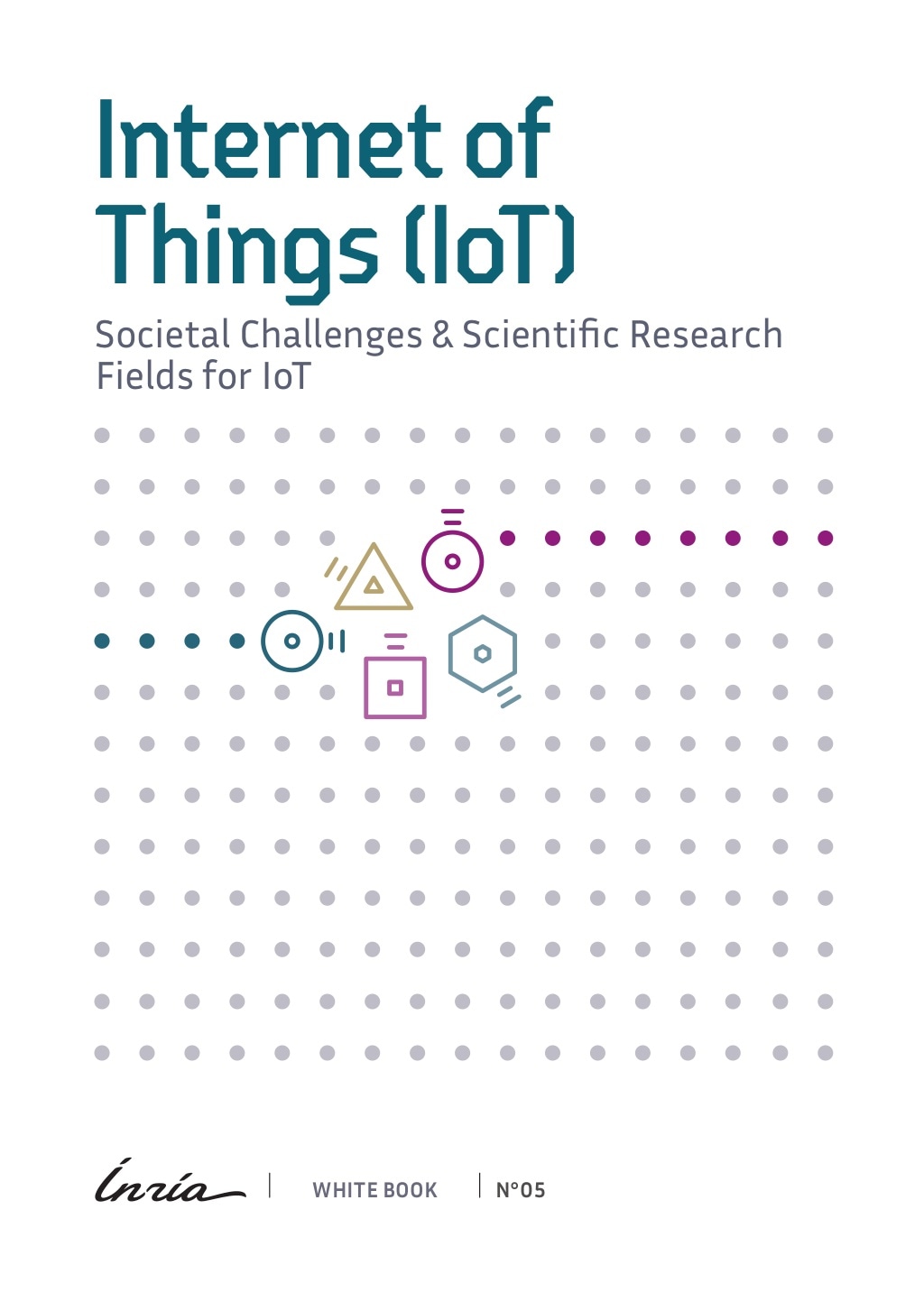Iman Hmedoush will defend her PhD thesis on the 18 of May:
- PhD Title: “Connectionless transmission in wireless networks (IoT)”
(« Transmissions sans connexion dans les réseaux sans fil ») - Date: May 18, 2022, 14:00 CET (Paris Time)
- Lieu: Amphithéâtre Sophie Germain, Bâtiment Turing, Inria Saclay
1 rue Honoré d’Estienne d’Orves, 91120 Palaiseau
https://www.inria.fr/fr/comment-venir-au-centre-inria-saclay-ile-de-france
The defense will be in English. It will be also available through video-conferencing:
- Link for the public video-conference room:
https://inria.webex.com/inria/j.php?MTID=m89e633e26055a191dbb89ca5b69b486b - Connection parameters:
webinar number: 2741 253 9811
webinar password : SDpzmm9uq28 (73796698 from phones)
The jury is:
- Marceau Coupechoux – Reviewer-Professeur, Telecom Paris, École Polytechnique.
- Isabelle Guérin-Lassous – Reviewer-Professeure, Université Claude Bernard, Lyon 1.
- Bartek Blaszcyzyn – Examinateur – Directeur de Recherche, Inria Paris.
- Salah Eddine Elayoubi – Examinateur – Professor-(L2S), Centrale Supelec, France.
- Kinda Khawam – Examinatrice -Maître de conférences- Université de Versailles St-Quentin.
- Cédric Adjih -Co-encadrant de thèse – Chargé de recherche -Inria Saclay.
- Paul Mühlethaler – Directeur de thèse – Directeur de Recherche, Inria Paris.
Abstract:
In the past two decades, many technological enhancements have been developed to enable the “Internet of Things” (IoT). A scenario of a typical IoT network is to connect embedded devices composed of environmental sensors, microcontrollers, and communication hardware, to a central collection node. The set of data gathered by these nodes will increasingly help in analyzing and precisely understanding the phenomenons and behaviors occurring in this environment. The applications of IoT technologies are endless because they are adaptable to almost any system that can provide information about its status, operation, and the environment and that one needs to monitor and control at a distance. Smart cities, healthcare, industrial automation, and wearable technology are some IoT applications that promise to make our life safer and easier.
Some research and technology challenges need to be addressed for the implementation and full popularization of IoT applications including deployment, networking, security, resilience, and power control. This massive demand for connection in IoT networks will introduce new challenges in terms of connectivity, reliability, and technology. At the radio network level, IoT networks represent a huge inflow of various devices that communicate through the same shared radio medium. However, many of these devices are difficult to secure and handle. One major challenge to deploying IoT networks is the lack of efficient solutions that allow for a massive number of connections while meeting the low-latency and low-cost demands at the same time.
In addition, recently, there has been a trend towards long-range communications systems for the IoT, including cellular networks. For many use cases, such as massive machine-type communications (mMTC), performance can be gained by moving away from the classical model of connection establishment and adopting grant-free, random access methods. Associated with physical layer techniques such as Successive Interference Cancellation (SIC), or Non-Orthogonal Multiple Access (NOMA), the performance of random access can be dramatically improved, giving rise to novel random access protocol designs.
In this thesis, we focus on one of the modern candidates for random access protocols “well-fitted” to the IoT: Irregular Repetition Slotted ALOHA (IRSA). As solutions are needed to overcome the challenges of IoT, we study the IRSA random access scheme from new points of view and we start with an analysis of the performance of different variations through the density evolution tool. Precisely, we start by revisiting the scenario of the IRSA protocol in the case of Multiple Packet Reception (MPR) capability at the receiver. Then, we study IRSA in different scenarios where more realistic assumptions are considered, such as IRSA with multiple transmissions powers, with capture effect, and with decoding errors.
In the second part of the thesis, we concentrate on learning and dynamically adjusting IRSA protocol parameters. First, we analyze the protocol performance in a centralized approach through a variant of Reinforcement Learning and in a distributed approach through Game Theory. We also optimize short frame length IRSA through a Deep Reinforcement Learning approach. Finally, we introduce a sensing capability to IRSA, in line with carrier sense principles, and we tentatively explore how one can learn part of sensing protocols with the help of Deep Learning tools.





